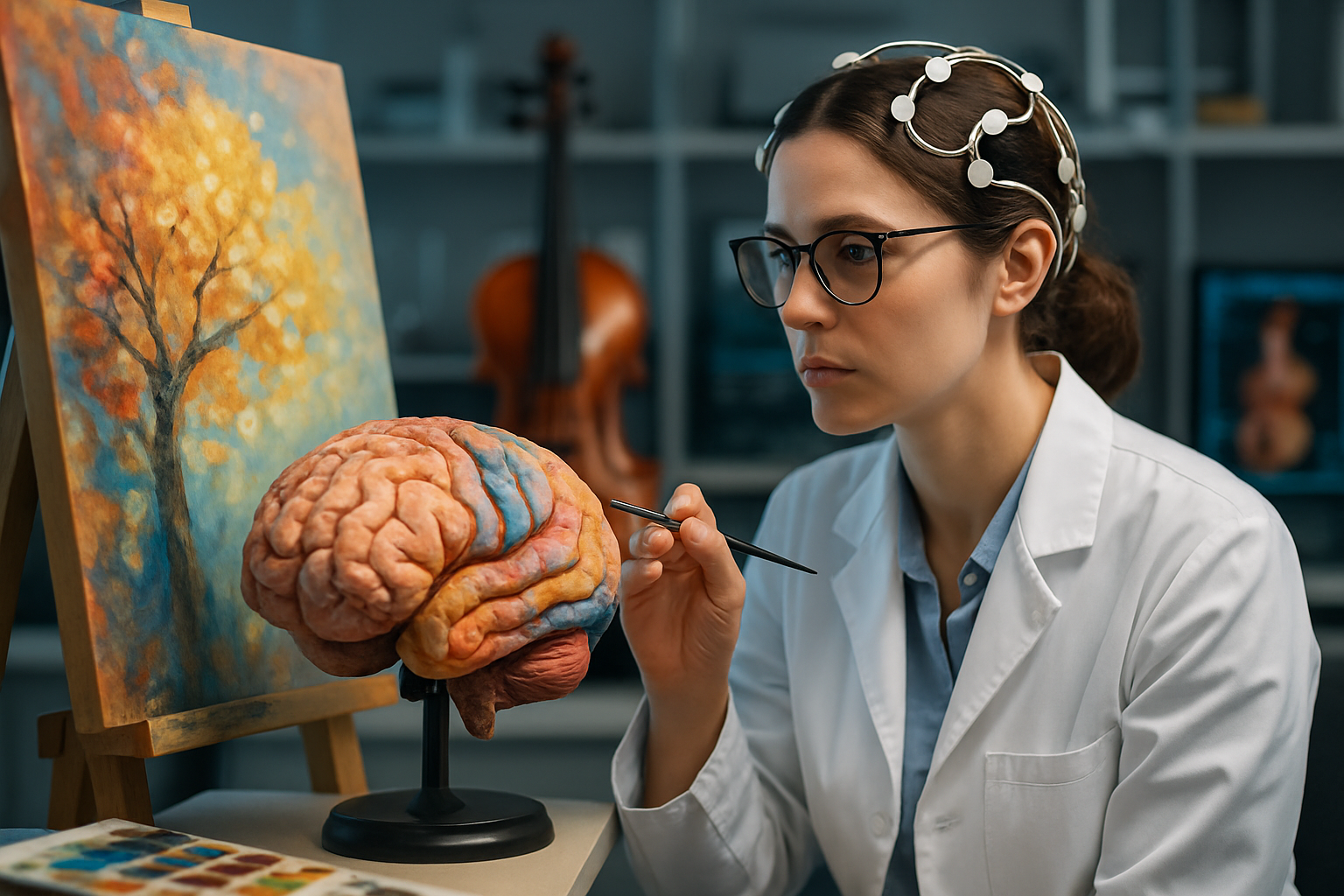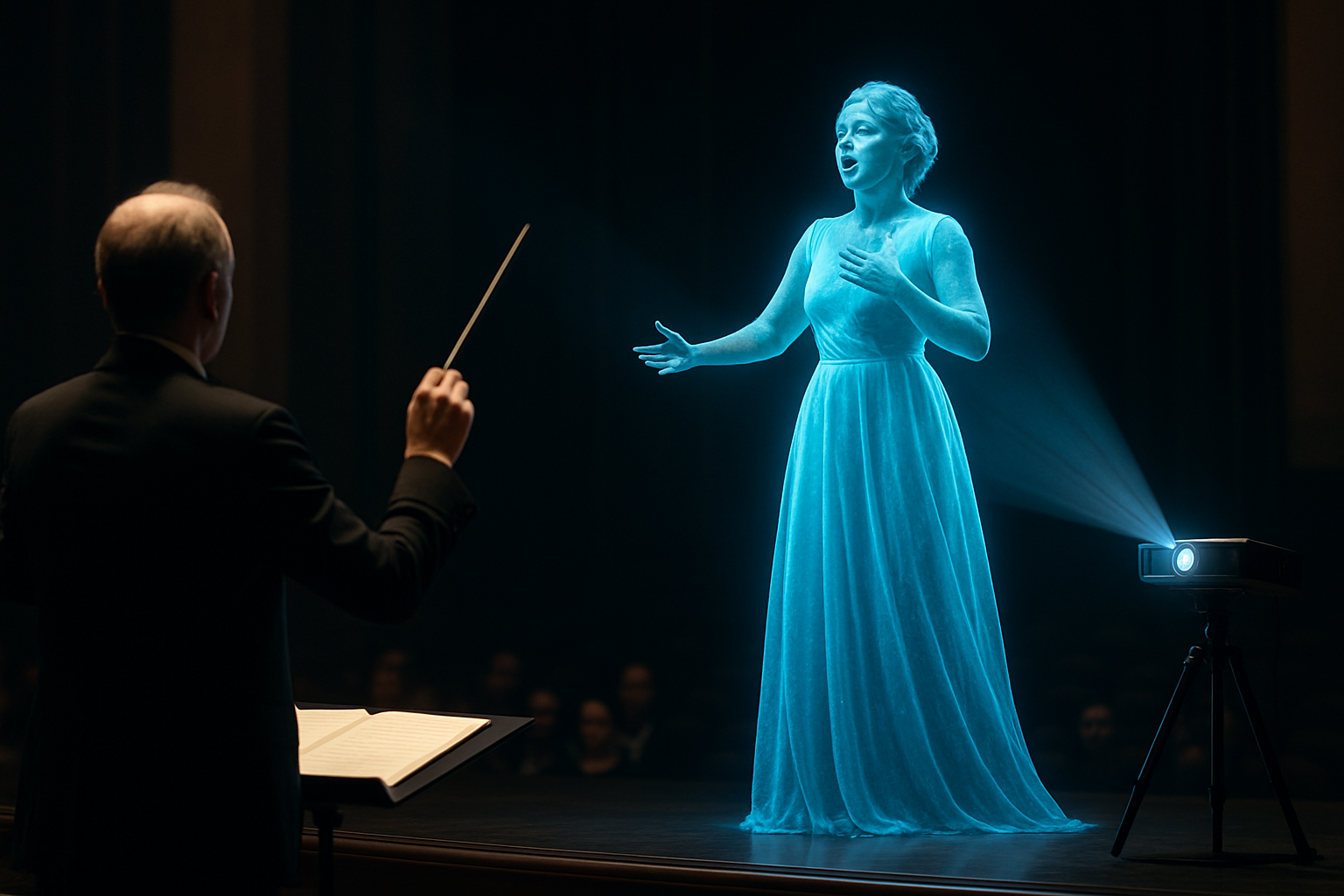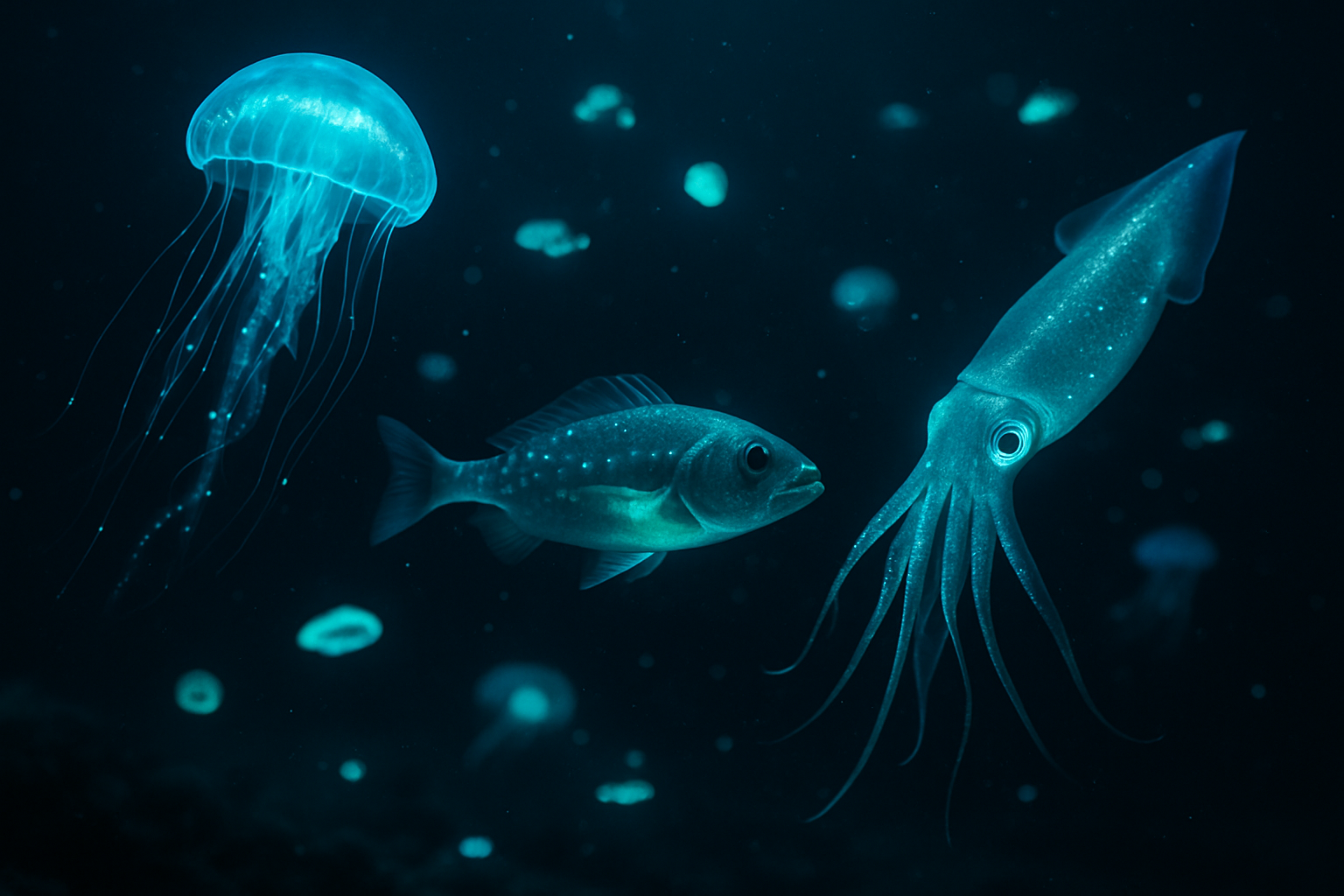Chromesthesia: The Vibrant World of Sound-Color Synesthesia
In the realm where music and visual art converge, a fascinating neurological phenomenon paints soundscapes with vivid hues. Chromesthesia, a form of synesthesia where individuals perceive colors when hearing sounds, has captivated artists, scientists, and audiences alike. This rare condition offers a unique lens through which to explore the intricate relationship between our senses and challenges our understanding of perception. As interest in neurodiversity grows, chromesthesia stands at the forefront of discussions about the nature of creativity and the potential of the human mind.

Historical Context and Notable Chromesthetes
The concept of color-sound associations has intrigued thinkers for centuries. Ancient Greek philosophers pondered the connection between musical scales and the color spectrum. In the 19th and 20th centuries, composers like Alexander Scriabin and Olivier Messiaen incorporated their chromesthetic experiences into their works. Wassily Kandinsky, a pioneer of abstract art, was influenced by his synesthetic perceptions, creating paintings that sought to capture the visual essence of music.
The Neuroscience Behind the Colors
Recent advances in neuroscience have shed light on the mechanisms underlying chromesthesia. Neuroimaging studies suggest that people with synesthesia have increased connectivity between brain regions responsible for processing different sensory inputs. This cross-wiring may explain why auditory stimuli can trigger visual experiences in chromesthetes. Researchers are exploring how this unique neural architecture might influence creativity and cognitive processing.
Chromesthesia in Contemporary Art and Music
Today, chromesthesia continues to inspire artists across various mediums. Contemporary musicians like Pharrell Williams and Lorde have spoken about their chromesthetic experiences and how they influence their creative process. Visual artists are experimenting with technologies that translate sound into color, creating immersive installations that allow audiences to experience a simulacrum of chromesthesia. These works challenge traditional boundaries between artistic disciplines and offer new ways of engaging with sensory experiences.
The Implications for Perception and Creativity
The study of chromesthesia raises profound questions about the nature of perception and the potential for expanded sensory experiences. Some researchers speculate that synesthesia might be a vestige of a more interconnected sensory system present in early human development. Others see it as a window into the plasticity of the brain and its capacity for creating rich, multisensory experiences. As our understanding of chromesthesia grows, it may offer insights into enhancing creativity, improving learning methods, and developing new therapeutic approaches for sensory processing disorders.
Challenges and Controversies in Chromesthesia Research
While chromesthesia fascinates many, it also presents challenges for researchers and skeptics. The subjective nature of synesthetic experiences makes them difficult to quantify and study objectively. Some critics argue that reported cases of chromesthesia may be the result of learned associations rather than genuine neurological differences. These debates underscore the complexity of studying consciousness and the limitations of our current scientific tools in understanding subjective experiences.
The Future of Chromesthesia in Art and Science
As technology advances, new possibilities emerge for exploring and utilizing chromesthesia. Virtual and augmented reality technologies offer potential platforms for creating immersive chromesthetic experiences for non-synesthetes. In the scientific realm, ongoing research into brain plasticity and sensory integration may yield new insights into the mechanisms of chromesthesia, potentially leading to applications in fields like education and therapy. The intersection of art, technology, and neuroscience promises exciting developments in our understanding and appreciation of this colorful phenomenon.




